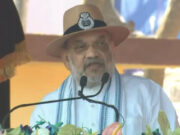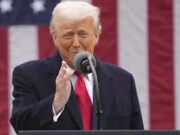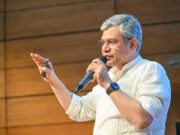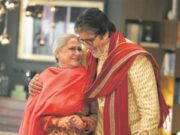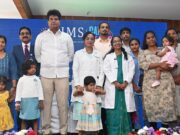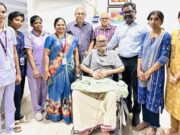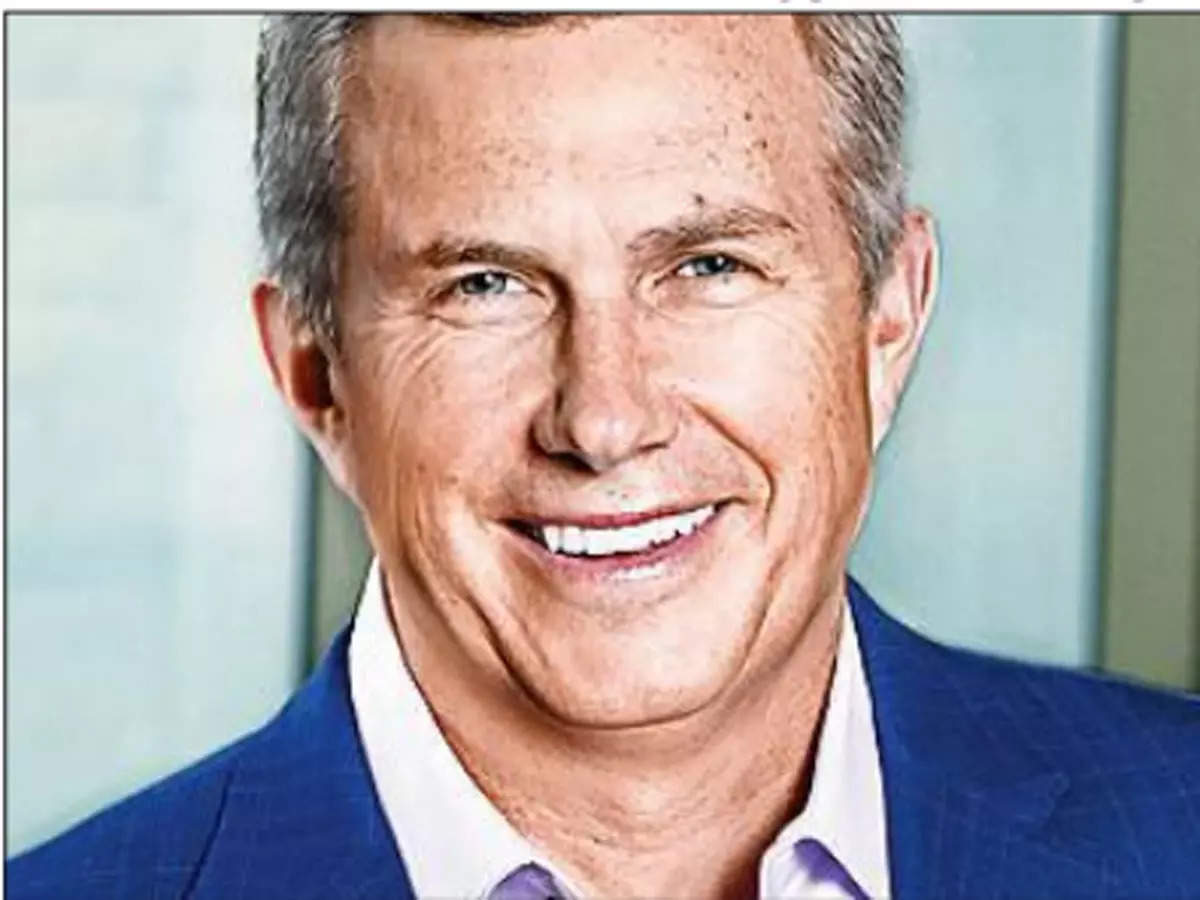How are you planning to achieve Medtronic’s goal of reaching 1 billion patients every year?
We reach two patients every second and we’re very proud of it. But 80 million people is a fraction of the world’s population… With these digital technologies coming in, I think that’ll allow us to access so many more patients. Because it’s going to personalise these therapies, lower the cost. So that’s the aspiration that we need to map our strategy to get to 1 billion a year.India is a huge market but also a challenging one to crack. How are you tapping the Indian market?
We have been serving Indian patients for 40 years, trained physicians for years. Since 2011, we’ve ramped up our research and development capabilities in India. Today, we’re celebrating the expansion of the Medtronic Engineering and Innovation Center (MEIC). We’ve got 1,000 engineers here and plan to add another 500 over the next years or two; it could even go faster than that. So we’ve got great R&D capabilities here. They’re designing products for the world. And our products historically have not been accessible to a lot of Indian patients. Like a pacemaker for the heart. It’s not just the pacemaker; you need infrastructure to implant it. So you need a cath lab or interventional suite that has advanced imaging equipment. Most of our products also need robust healthcare ecosystems. We can come in here and give away thousands of pacemakers and they still wouldn’t reach patients, because we’re dependent on a broader ecosystem for that. In the next phase to reach more patients, we’ve got to tighten up our partnerships with healthcare systems and work with the Indian government.
Do you have any plans to design and manufacture in India?
The next chapter is how do we localise what we do and make it more suited for the needs of the Indian healthcare system. We’re in the early stages of thinking about how to do that, and we can’t do it alone, right? We’re not in the imaging; we don’t make cath labs. We’re not a healthcare provider. But we’ve been meeting with those companies, thinking internally, how can we redesign our products in order to do this. Now that we have many Indian engineers, it’s a home game for them, right? They want this as well. So our employees are motivated by entering that next phase. There’s a big push by PM (Narendra) Modi on local manufacturing. We’re in the early stages of evaluating what would be the best area to focus on and prove that it can happen. So we can’t sacrifice safety.
You have faced regulatory challenges in the past in India, like price caps. How are you going to deal with those challenges?
I think it’s on us to work with the Indian government and educate them about our industry and how they can collaborate with us to make the industry not just better for patients but an economic driver for the country. In past some policies like price caps made it difficult for us to launch our latest and best tech here, because a price here could serve as a reference price across. It’s more expensive to operate and healthcare is local, and the economics is local. Sometimes, by taking those actions it hurts the Indian patient; they don’t have access to these products.Could you tell us about your R&D work in India?
Number one strategy is innovation-driven growth. We started here in 2011 – it was our surgical business; it was more of a labour arbitrage. We can get lower cost engineers, and it was more a cost thing. But we started seeing the quality of engineers, in software, and software is becoming a bigger part of what we do.





